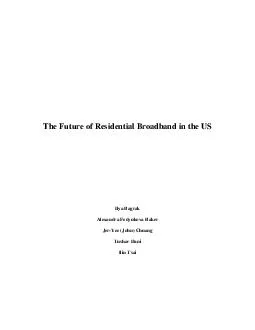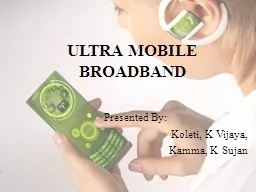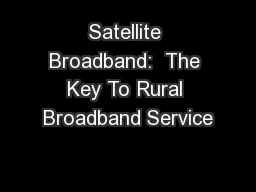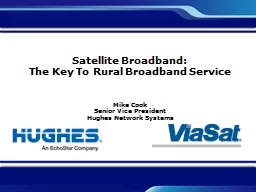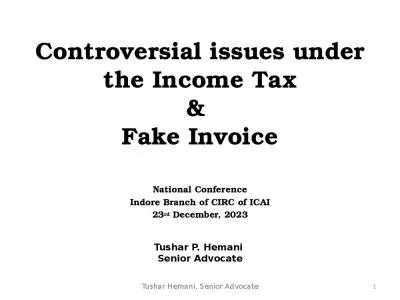PDF-The Future of Residential Broadband in the US Ilya Bagrak Alexandra Fedyukova Baker JerYee
Author : cheryl-pisano | Published Date : 2014-11-21
These technol ogies offer significantly higher bandwidth by at least one order of magnitude and lower latency response and are a replacement for the fading residential
Presentation Embed Code
Download Presentation
Download Presentation The PPT/PDF document "The Future of Residential Broadband in t..." is the property of its rightful owner. Permission is granted to download and print the materials on this website for personal, non-commercial use only, and to display it on your personal computer provided you do not modify the materials and that you retain all copyright notices contained in the materials. By downloading content from our website, you accept the terms of this agreement.
The Future of Residential Broadband in the US Ilya Bagrak Alexandra Fedyukova Baker JerYee: Transcript
Download Rules Of Document
"The Future of Residential Broadband in the US Ilya Bagrak Alexandra Fedyukova Baker JerYee"The content belongs to its owner. You may download and print it for personal use, without modification, and keep all copyright notices. By downloading, you agree to these terms.
Related Documents

